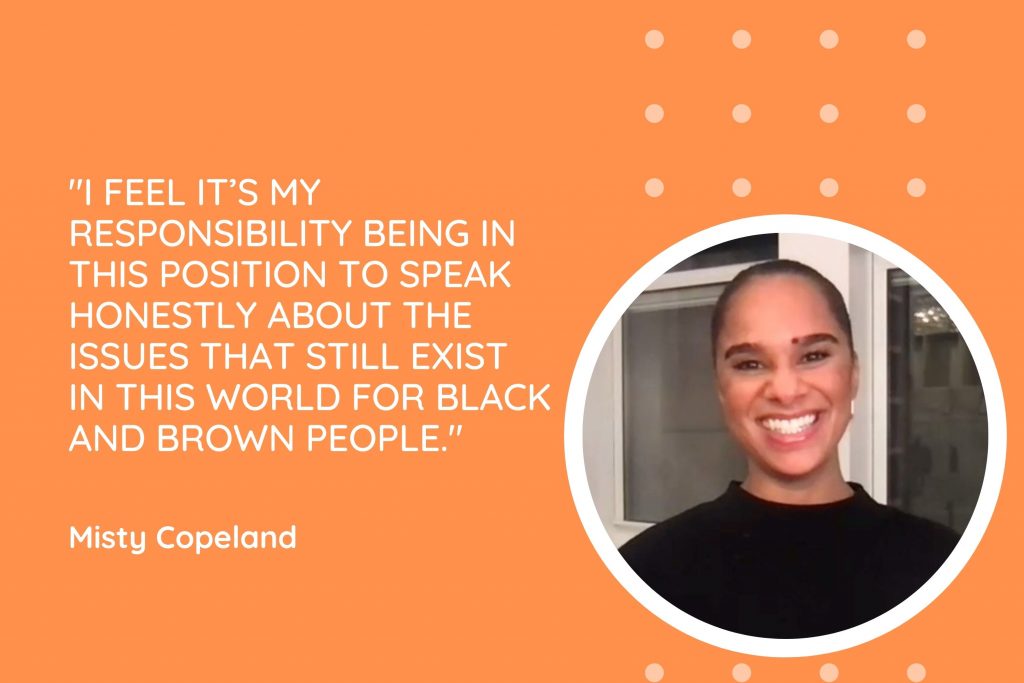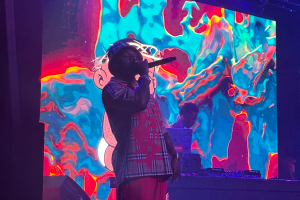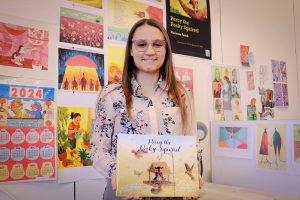Misty Copeland speaks on racial injustice in the dance world
First principal dancer of color talks racial justice in the dance world

With theaters closed this past year, performers like principal dancer Misty Copeland have been forced to explore new avenues for their careers. For Copeland, that means tackling racial injustice in the dance world.
“I’ve learned to trust in myself, my value, and my purpose. I am capable of much more than I thought I was,” Copeland said. That statement is the theme of Copeland’s life and the message she encouraged her audience to follow during her talk on Tuesday as a part of the University Lectures series.
In her childhood, Copeland moved around a lot, experienced abuse, and at times did not have a roof over her head. Despite those challenges, Copeland found comfort in dance.
Her mother was a cheerleader for the Kansas City Chiefs, and their home was constantly filled with music.
“My visceral reaction to the music was to move my body. It eventually, throughout my childhood, became an escape. Dance became a voice for me,” Copeland said.
She began ballet training at the age of 13. Her passion, drive, and talent led her to numerous acclaimed titles and awards. After just two years of training, Copeland won the Music Center Spotlight Award. She studied at the San Francisco Ballet School and joined the American Ballet Theatre in 2000. After being the first African American woman soloist in two decades, eventually, Copeland was promoted to principal dancer with the American Ballet Theatre. Copeland is the first person of color to hold this role.
Copeland talked about racial injustices that occur in the dance world.
“What I can bring to my art form, through my platform and my voice and experiences, is honesty. If we are not facing the realities of what is happening, there’s no way that we can make progress,” Copeland said. “I feel it’s my responsibility being in this position to speak honestly about the issues that still exist in this world for Black and brown people.”
Copeland credits her mom for instilling a strong understanding of what it means to be a Black woman in America. She wants to use her reach across various audiences positively, and she has written several books, including “Black Ballerinas.”
“If we’re not going to be included in the history books, then we have to make our own,” Copeland said. “I’ve got my leg in the door, and all I can do is bring people in with me.”
Copeland ended the event with her appreciation for dance and how it can aid in the fight for racial equality.
“Art reaches places within ourselves that nothing else can. It brings communities together. It’s a way to express the most human emotions,” Copeland said.





